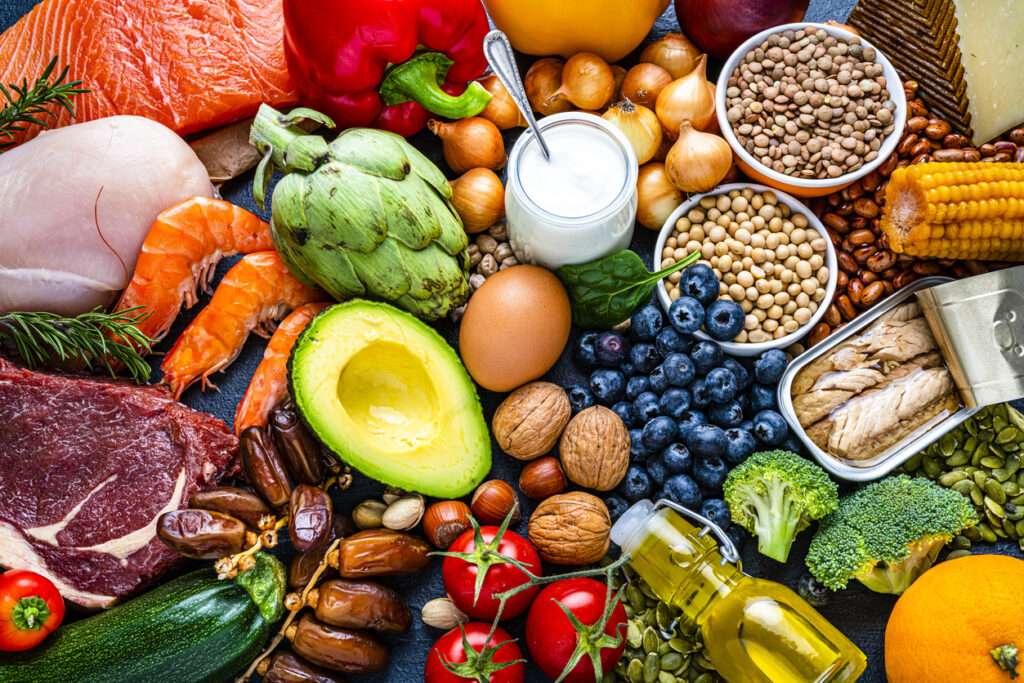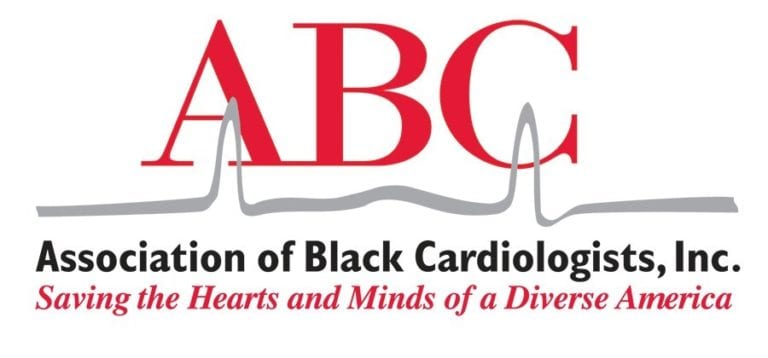Shopping for groceries can be like navigating a maze: so many choices in every aisle, food packages covered in marketing claims and little direction on what is truly healthy and what isn’t. People want to make healthy choices for themselves and their families, but how can they when the information available to them can be so overwhelming?
For years, the nutrition facts label on the back of food packages has provided important nutrition information, such as the amount of calories, fat, sodium, sugar, protein and vitamins and minerals. But all the numbers can be confusing, and they’re not readily visible. Given America’s high rates of diet-related disease and illness, advocates say that more must be done to make sure consumers have the information they need to make healthy choices.

That’s why the Food and Drug Administration (FDA), which sets standards for nutrition labeling, is developing a new labeling system that would appear on the front of food and beverage products, offering clear and concise information to help people quickly and easily identify healthier foods. Research from other countries shows that front-of-pack labeling helps consumers make healthier purchases and even gets manufacturers to make healthier products.
What could a front-of-pack label look like? More than 40 countries already require it. Some countries use stoplight colors like red, yellow and green, or a grading system like a report card — A, B, C, D, E — to indicate how healthy a product is. Other countries use a warning system that indicates whether products include high amounts of added sugars, saturated fat or sodium. Approaches like these make it easy for consumers to understand with a quick glance what’s healthy and what’s not.
The success of front-of-pack labeling in other countries suggests it will help people in the United States make healthier choices that can improve well-being and reduce high rates of diet-related diseases, including some forms of heart disease and cancer. In fact, the National Academy of Medicine (formerly the Institute of Medicine) recommended such a system more than 10 years ago, and national polls show most Americans support it.
The FDA plans to release a proposal for a front-of-pack food labeling system in the United States that can get everyone out of the food shopping maze. To stay informed and learn more, visit yourethecure.org/FOP.
“Clear, concise front-of-pack nutrition labeling is the answer. After all, grocery shopping shouldn’t require a degree in nutrition,” says Nancy Brown, CEO of the American Heart Association.
By: StatePoint








